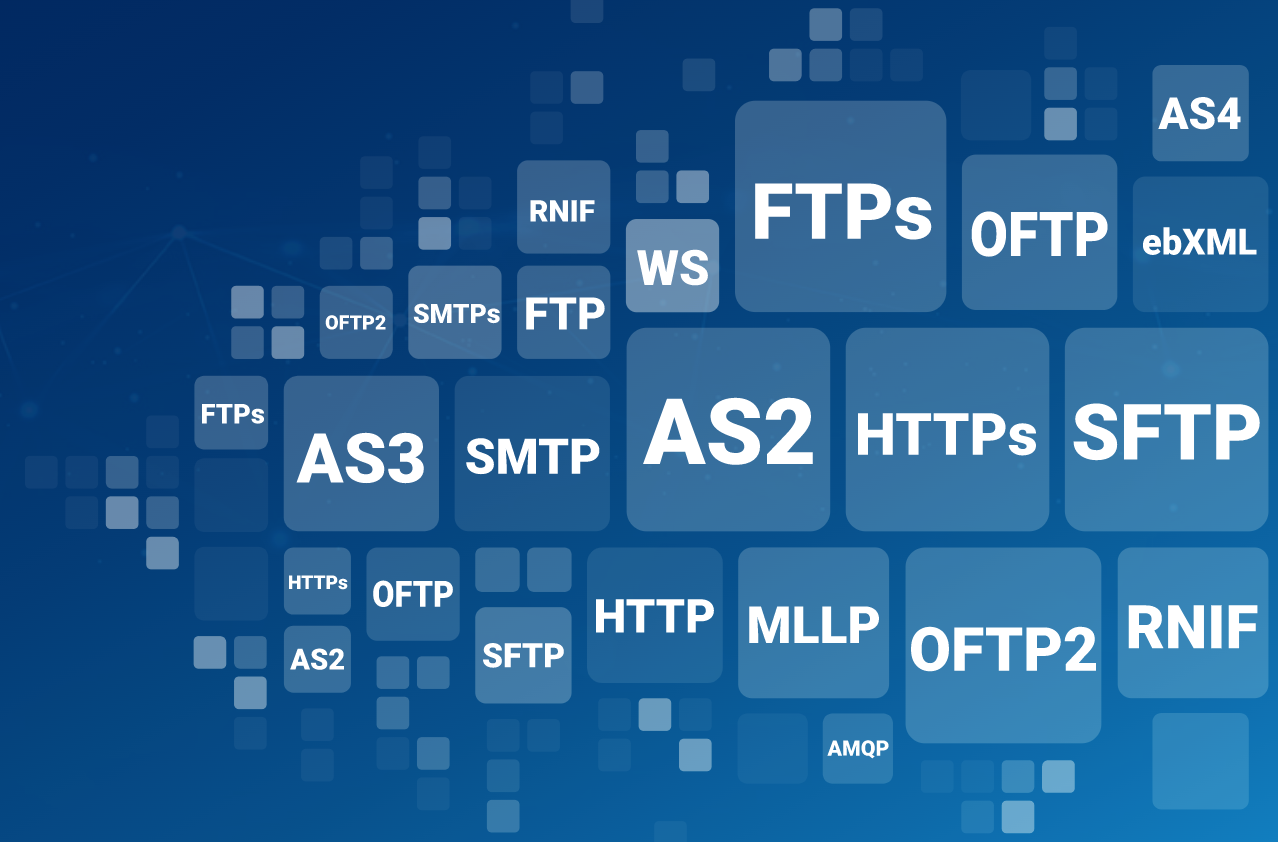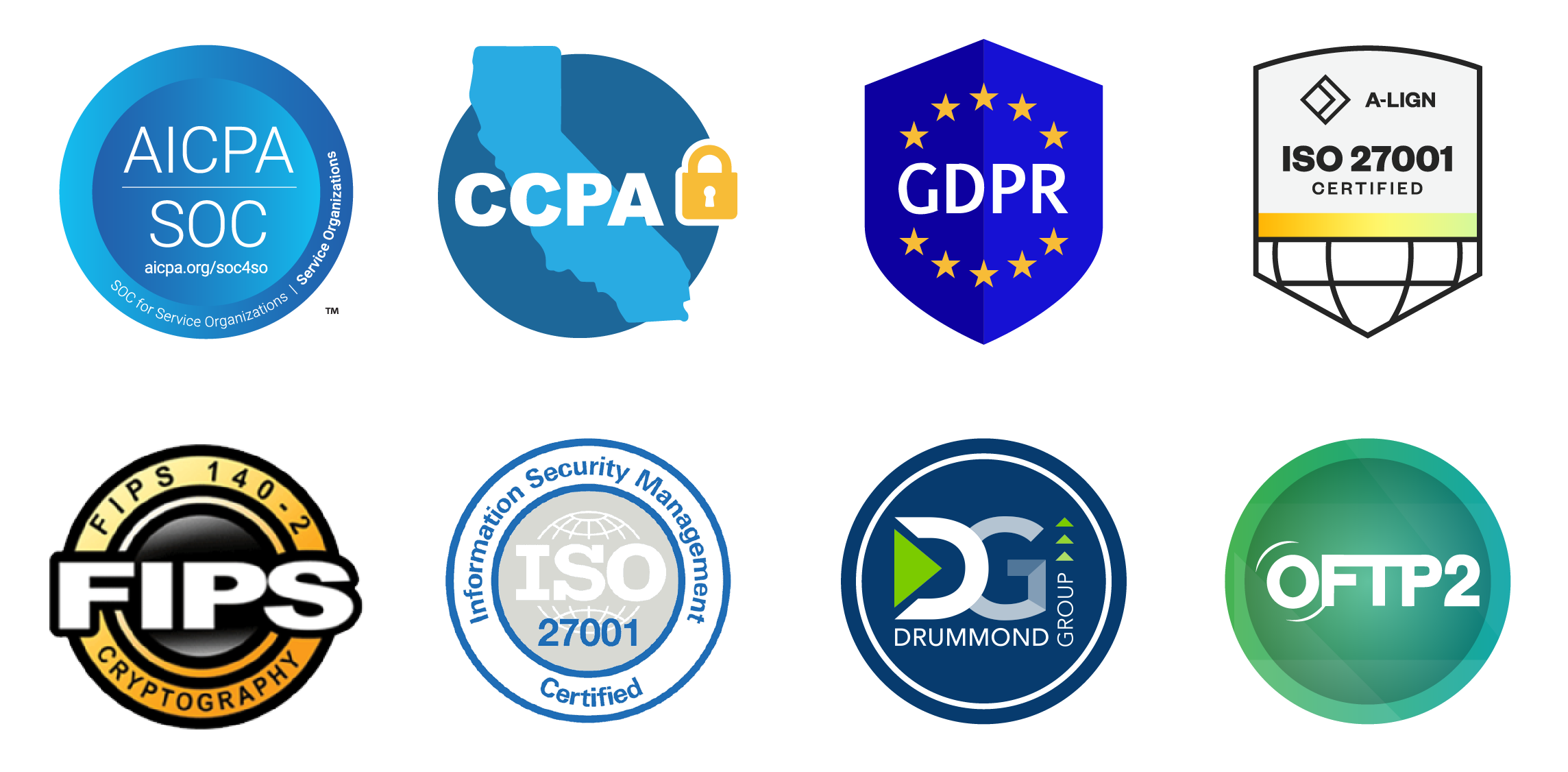Connect Using UDP and pTCP File Transfer Protocols
Cleo’s deep protocol flexibility enables robust B2B/EDI connection via UDP and pTCP File Transfer Protocols, as well as integration capabilities, giving your business a competitive advantage.
High-speed file transfer protocols supported by Cleo

Connect to your trading partners using UDP and pTCP
Cleo’s deep protocol flexibility enables robust B2B/EDI connection using UDP and pTCP, as well as integration capabilities, giving your business a competitive advantage.
Power your most critical business exchanges and securely connect to your customers, suppliers, and partners via Cleo's industry-leading integration solution.
Don't take our word for it... Cleo Integration Cloud was rated Best EDI Software of 2024
AS2, FTP, SFTP, and OFTP2 all in one place in the cloud so that you reduce costs, consolidate infrastructure, and improve operations and productivity. Data transformation capabilities let you communicate with a greater number of trading partners.
> Automate critical file-based processes with every trading partner
> Reduce manual touchpoints such as rekeying of documents
- > Accelerate your cash cycle and eliminate errors


Our credentials
Cleo is committed to providing high-quality products and services. Cleo Integration Cloud is secure and tested against industry standards and is designed for data security and process integrity.